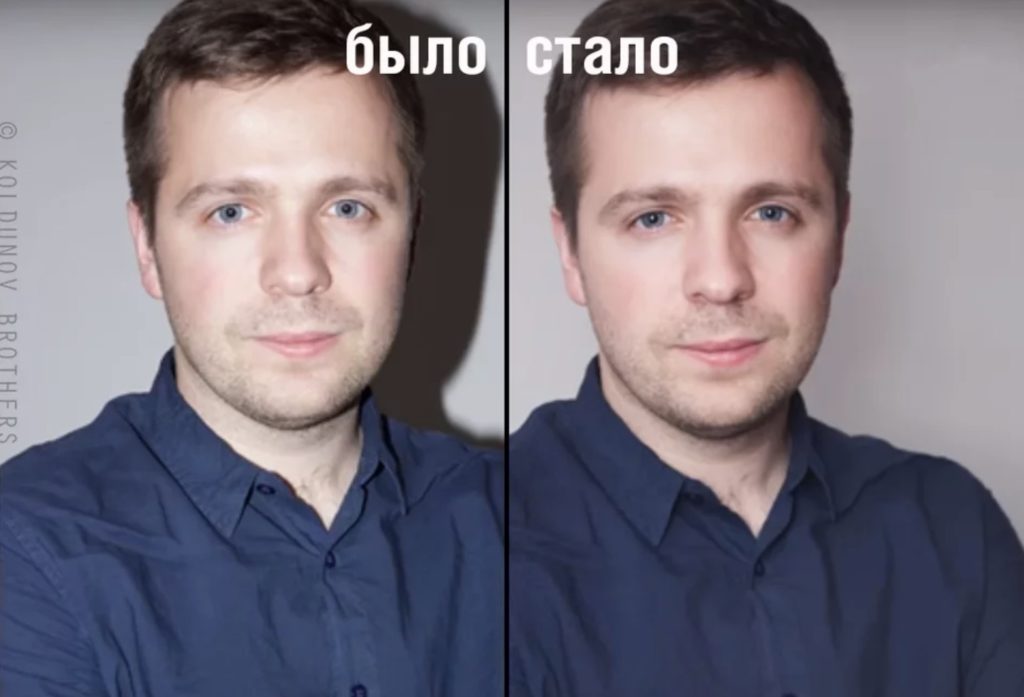
How to take pictures with flash?
Content
The flash is very useful in situations where the lighting (natural or artificial) does not allow you to take a clear picture. However, if applied incorrectly, it can cause the photo to lose its depth. How to take pictures with flash? In our guide, you will find several methods that will make it easier for you to work with the camera in this way.
Extensive use of flash can be an artistic measure. Some earls, such as Terry Richardson, have made it their calling card. However, in most cases the effect thus obtained is highly undesirable. Strong shadows, when smoothed, look unnatural and take away depth from the photo. However, flash photography can be spectacular, and in some conditions it is even necessary.
When should you use flash?
There are times when a flash can be very helpful. The lamp will be useful primarily in situations where the ambient light is not enough to create good graphics. It will also help to properly light photos that feature strong light sources. In what situations should it be used?
studio session
This accessory is often used in the studio. While in a controlled environment you may be able to properly adjust the light to ensure adequate visibility, flash helps achieve the desired effect by directing additional light onto the object that is the graphic. Often, graphic artists replace studio lamps with continuous flashes to reduce energy consumption and give more freedom in light control. For the studio, you should choose special portable studio flashes.
Outdoor session, in too low or too strong light
Flash is not commonly used in landscape photography. Outdoor photos - such as portraits - in daylight usually do not require additional lighting. Even on overcast days, daylight is usually sufficient. However, the lamp can help when shooting portraits at sunrise or sunset. With such a strong light, it will be necessary to add additional lighting to the object to avoid shading it. The lamp will also help to highlight the foreground during evening portraits. With its use, you can save the details of future plans, while at the same time paying attention to the fact that the model or layout is graphic.
graph against the world
Whether you're plotting indoors or outdoors, it's very difficult to take a clear photo against the light. Using the flash, you can highlight the remaining parts of the frame that you need to extract.
How to plot with flash?
Flash graphics will look good if you follow a few tips. Your goal should be to avoid overexposure, which is a common problem with flash. To prevent this from happening, you can use a flash with adjustable light intensity.
A diffuser would also be a good option. This accessory is designed to diffuse focused light. This results in a softer effect and better illumination of the entire frame instead of focusing the light on the subject. The diffuser is attached to the lamp, whether it is attached to the camera or is a separate accessory. Reflectors can also be used to bounce flash light to reflect it, ensuring it is evenly distributed.
Also keep in mind the distance. The closer you are to the subject, the more likely the photo will be overexposed. Usually at least 3 meters.
What is the best camera flash?
Much depends on the purpose of the lamp. If you are looking for a studio lamp, it is best to choose a stand-alone model. Thanks to this, you can point the flash anywhere you want. For built-in lamps, it is necessary to use a mirror, for example, to direct the light in the other direction, which is not always convenient.
The ability to set the angle of incidence of the lamp and its power are useful options and often make it easier to get a good flash photo, especially at the beginning of your graphic journey.
A flash is a handy accessory that lets you take perfect shots in less-than-ideal conditions. Whether you prefer street or studio graphics, this accessory is worth purchasing.
:
